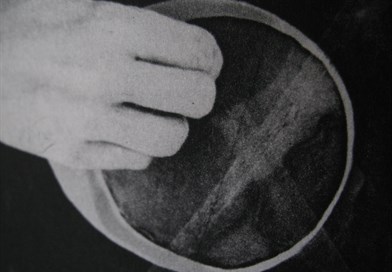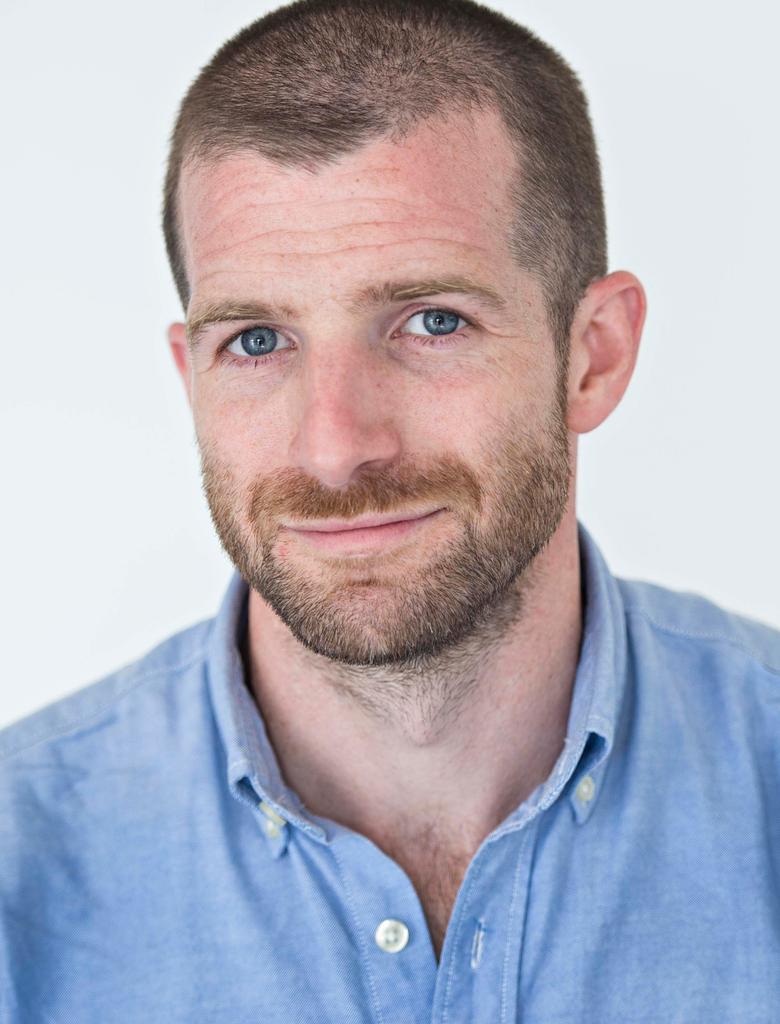Projects per year
Organisation profile
Profile Information
 The Experimental Design Practices Research and Enterprise Group is a platform for the support and facilitation of experimental design research across all fields of design. We provide a cross-disciplinary platform for the promotion of the rich and varied practice-based design research pursued by colleagues and doctoral students across the University of Brighton. The REG thereby offers a design research hub for collaboration and discussion across disciplines.
The Experimental Design Practices Research and Enterprise Group is a platform for the support and facilitation of experimental design research across all fields of design. We provide a cross-disciplinary platform for the promotion of the rich and varied practice-based design research pursued by colleagues and doctoral students across the University of Brighton. The REG thereby offers a design research hub for collaboration and discussion across disciplines.
Experimentation is one of the oldest methods of artistic research, working with the state of ‘not knowing’ as a creative engine. Members’ work engages with praxis, tacit knowledge and process to evolve new insight and knowledge, ploughing the rich depths of uncertainty as a source of innovation and creative discovery.
As a forum for the discussion and supportive development of on-going research, the REG teases out new routes forward and engages in collaborative practices. We facilitate the effective sharing of research outcomes through the curation of a series of events including exhibitions and symposia, generating wider conversations and opening the work up to a cross-disciplinary audience.
We aim to open opportunities for conversations and collaboration, fostering links across the university and beyond, working closely with the Postgraduate Research Student community and Early Career Researcher network.
External Members
Hugo Mulder, University of Southern Denmark
Charlotte Erckrath, Bergen School of Architecture, Norway
Edward Crump, London
Frederick Petersen, Copenhagen, Denmark
Edouard Cabay, IAAC, Barcelona, Spain
Mathilde Marengo, IAAC, Barcelona, Spain
Felipe Lanuza Rilling, UCL, London
Fingerprint
Collaborations and top research areas from the last five years
Profiles
-

Tom Ainsworth
- School of Arch, Tech and Eng - Subject Lead Architecture and Design, Principal Lecturer
- Centre for Arts and Wellbeing
- Experimental Design Practices Research and Enterprise Group
- Radical Methodologies (RaM) Research and Enterprise Group
- Centre for Design History
Person: Academic
-
-
Starting from values: Evaluating intangible legacies
Harder, M., Brigstocke, J., Zamenopoulos, T., Alexiou, K., de Sousa, S., Graham, P., Gaubert, J., Hoover, E. & Burford, G.
Project: Research Councils / Government Depts.
File -
-
Culture and Relationality: Moving towards ‘post-rational’ modes of design
Sutherland, S. & Ainsworth, T., 28 Sept 2021, Design Culture(s). Cumulus Conference Proceedings Roma 2021. Di Lucchio, L., Imbesi, L., Giambattista, A. & Malakuczi, V. (eds.). Sapienza University of Rome, Italy, Vol. 2. p. 4459-4471 13 p. (Cumulus Conference Proceedings Series; no. 7).Research output: Chapter in Book/Conference proceeding with ISSN or ISBN › Conference contribution with ISSN or ISBN › peer-review
Open AccessFile -
Depositing waste in ‘certain place’ at ‘certain time’: Does this policy improve recycling performance?
Bian, S., Xue, Y., Li, C., Wu, W., Ma, Z., Okoro, J. O. & Harder, M. K., 27 Sept 2021, In: Resources, Conservation and Recycling. 176, p. 1-11 11 p., 105935.Research output: Contribution to journal › Article › peer-review
Open AccessFile -
Display Placement and Design: Impact on Engagement with Social Object Labels in a Gallery Environment
Winter, M., 22 Jan 2021, Computer-Human Interaction Research and Applications - Second International Conference, CHIRA 2018, Seville, Spain, September 19–21, 2018 and Third International Conference, CHIRA 2019, Revised Selected Papers. Escalona, M. J., Ramirez, A. J., Silva, H. P., Constantine, L., Helfert, M. & Holzinger, A. (eds.). Cham: Springer, Vol. 1351. p. 1-24 24 p. (Communications in Computer and Information Science; vol. 1351).Research output: Chapter in Book/Conference proceeding with ISSN or ISBN › Conference contribution with ISSN or ISBN › peer-review
Open AccessFile
-
Drawing Out II
Sarah Stevens (Organiser), Andre Viljoen (Organiser), Stefan Lengen (Organiser) & Hugo Mulder (Participant)
12 Apr 2024Activity: Events › Event
-
Drawing Out
Sarah Stevens (Organiser), Andre Viljoen (Organiser), Stefan Lengen (Organiser) & Terry Meade (Participant)
15 Dec 2023Activity: Events › Event
-
EUROPEAN RESEARCH ON ARCHITECTURE AND URBANISM INTERNATIONAL CONFERENCE (Event)
Sarah Stevens (Reviewer)
1 Sept 2023 → 30 Jun 2024Activity: Publication peer-review and editorial work › Publication Peer-review

